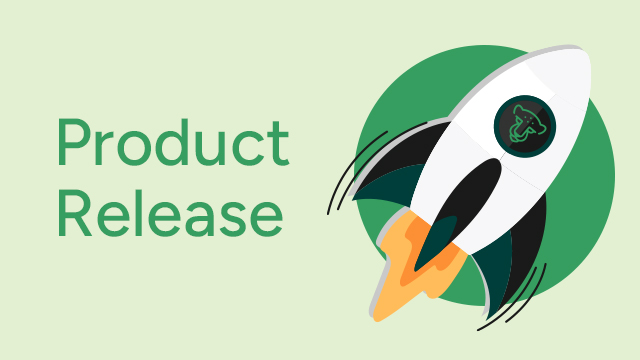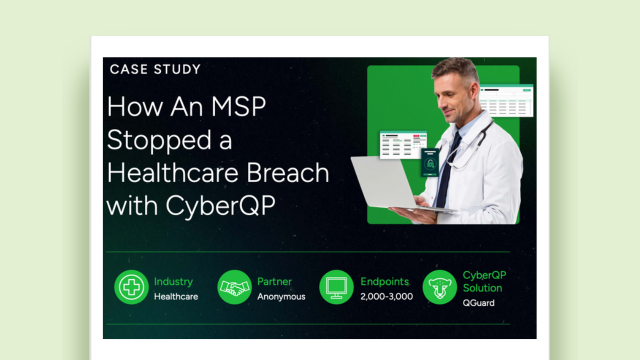
Why Service Desk Access Needs to Be on Your Zero Trust Roadmap
Helpdesk agents have powerful access. They reset passwords, unlock accounts, and troubleshoot high-value systems. In many organizations, their accounts are over-permissioned and under-monitored. That’s a dangerous combination.
Adopting a Zero Trust Access model for your helpdesk isn’t just smart. It’s essential.
Why Service Desk Accounts Are High-Risk
Let’s call it what it is. Service Desk agents are privileged users. Even if they’re not domain admins, they often have enough access to move laterally across systems or escalate privileges.
Attackers know this. Compromising a service desk account offers a shortcut to sensitive data, identity manipulation, and system disruption. Whether it’s phishing, credential stuffing, or insider threats, the service desk is an attractive and often vulnerable entry point.
So, how do we fix the service desk security model?
Five Ways to Bring Helpdesk Security Model into Your Zero Trust Strategy
1) More Privilege = More Risk
2) Treat Access as a Living Lifecycle
Access should never be “set and forget.” Zero Trust demands continuous validation. Regular reviews (quarterly at a minimum) are a start, but automation can take it further. Automatically validate roles, behaviors, and entitlements as part of your identity and access management (IAM) lifecycle.
3) Context Is King: Validate, Don’t Just Authenticate
In a Zero Trust model, a simple email or phone call shouldn’t be the only green light. That’s why CyberQP focuses on helpdesk validation, ensuring that when privileged access is requested, it’s not just authenticated but verified. Identity, intent, and context all matter. Instead of assuming a logged-in technician should proceed, our platform enforces validation workflows, requiring confirmation from a manager, peer, or end user before granting elevated access. This extra layer helps detect unusual behavior in real time and ensures helpdesk actions align with legitimate support activity, reducing risk without disrupting workflows.
4) Compliance Doesn’t Have to Be a Headache
Cyber insurance, auditors, and regulatory frameworks all demand strong identity controls. Whether you’re aiming for ISO 27001, NIST, or PCI-DSS, adopting Zero Trust principles for helpdesk accounts helps you not only meet compliance but exceed it with auditable logs, session traceability, and policy enforcement.
5) Assume Breach. Contain It Fast.
Service Desks Are No Longer Low-Risk. It's Mission-Critical.
The reality is: if you’re not securing helpdesk accounts with Zero Trust principles, you’re leaving a massive door open.
Ready to Rethink Your Service Desk Security?
At CyberQP, we help IT leaders and security teams secure privileged access across their environments without slowing down productivity.
Our platform delivers:
- Just-in-Time access and role separation
- Identity verification and session monitoring
- Automated access reviews and logging
- SOC 2 Type 2-certified security foundation
Let’s talk about building a service desk security model that fits today’s Zero Trust world. Request a demo today.




